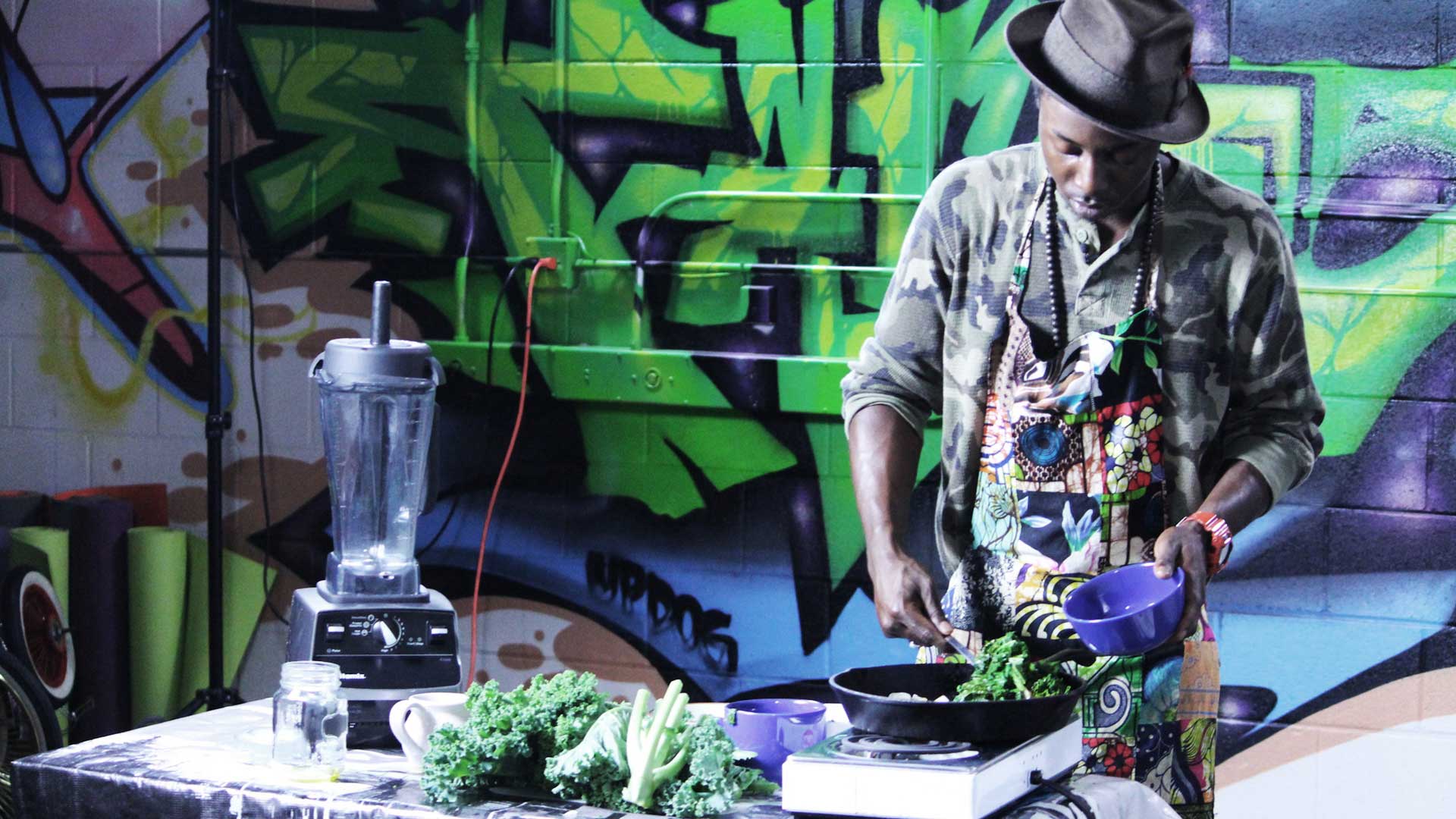
Film Still | From Gangs to Gardens
We are living in an increasingly visual world. Whether it’s watching the news or sharing a meme, we’re communicating more and more with images and video.
We see this in our own consumption patterns, but some of the figures are stark: according to YouTube mobile video consumption grows by 100% every year; another study showed a third of all the time people spend online is dedicated to watching videos.
How do we capture this hunger for visual storytelling to teach global education? A good place to start is finding quality documentary films that will give your students an immediate connection to the topic of your class.
We all love film because it can create a world — real or fictional — that you instantly believe in. One that allows you to form a connection with the characters and resonates with you long after the credits roll.
All of this translates to documentary film, where directors are able to use all their skills as visual storytellers to reveal powerful social justice issues. They create character-driven stories, which give students a first-person insight into the pulse, the people, and the movements behind the subjects they are studying.
At SIMA we know that quality documentary filmmaking is out there and that it has the power to inspire lasting social change. We have a saying that “documentary is fatal to prejudice”. For students, we see this when educators screen short documentaries that deliver a credible message alongside an original or creative approach.
Like in the brutally honest story of a young female journalist in Syria (like in NOT ANYMORE: A STORY OF REVOLUTION) or the hip-hop DJ connecting young people to healthy eating (like in FROM GANGS TO GARDENS), documentaries bring us right into the action with intimate stories in hopes of inciting activism through empathy.
Students cannot help but build empathy with the characters and situations they are watching. After viewing NOT ANYMORE: A STORY OF REVOLUTION, at New Roads School in Santa Monica, one student told us:
“I became so captivated. I can’t watch a film or documentary the same way now. I am surprised at how much these stories have made me reflect on my own life and my own choices and how I can affect people living on the other side of the world just from watching these films.”
Another simply said:
“This has shown me what real responsibility is.”
In this way you can use film as a building block for your students to form global perspectives.
At SIMA Academy we’re always looking for the most eye opening and inspiring content that will take students beyond classroom walls and into the lives of people from around the world.
Films that expose injustices; ask critical questions; and reveal the beauty, resilience and dignity of humanity will allow students to see their own power in being part of creating a better world.
A well made documentary, that is produced with will give your students a new curiosity into the world. The exciting step for global citizenship education is what happens when the credits roll.
The educators trick is to use the film a springboard for further learning on a subject or to develop new skills.
In this way, film is the first step, the motivation for class discussion and activities that allow them to get a deeper understanding of what is happened and the part they can play.